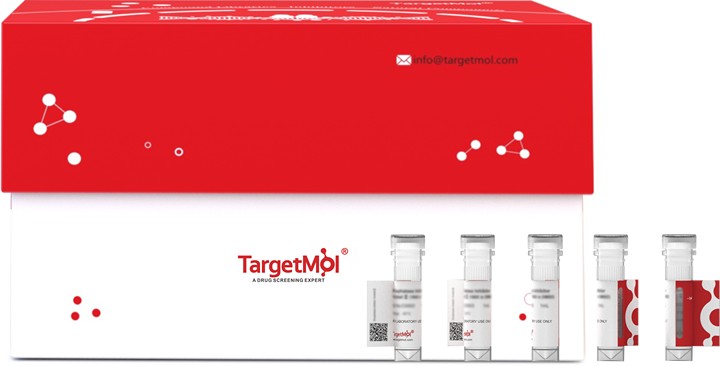Shopping Cart
- Remove All
 Your shopping cart is currently empty
Your shopping cart is currently empty

Claudin-4 Protein-Nanodisc, Human, Recombinant (Avi & His), Biotinylated is expressed in HEK293 Cells. The accession number is O14493.

| Pack Size | Price | Availability | Quantity |
|---|---|---|---|
| 20 μg | $2,320 | Backorder | |
| 100 μg | $8,160 | Backorder |
| Biological Activity | Immobilized Claudin-4 Protein-Nanodisc, Human, Recombinant (Avi & His), Biotinylated (Cat#TMPY-07141) at 5 μg/mL (100 μL/well) on streptavidin precoated (2 μg/mL, 100 μL/well) can bind Anti-Claudin-4 Antibody,human IgG1, the EC50 is 1-5 ng/mL. |
| Description | Claudin-4 Protein-Nanodisc, Human, Recombinant (Avi & His), Biotinylated is expressed in HEK293 Cells. The accession number is O14493. |
| Species | Human |
| Expression System | HEK293 Cells |
| Tag | C-His, N-Avi |
| Accession Number | O14493 |
| Synonyms | WBSCR8,hCPE-R,CPETR1,CPETR,CPE-R,CPER |
| Construction | A DNA sequence encoding the Human CLDN4 (O14493) (Ala2-Val209) was expressed with an AVI tag at the N-terminus and a polyhistidine tag at the C-terminus. The expressed protein was biotinylated in vivo by the Biotin-Protein ligase (BirA enzyme) which is co-expressed. Nanodisc is a versatile tool for studying membrane proteins. Using styrene-maleic acid (SMA) copolymer, membrane proteins can be extracted directly from prokaryotic and eukaryotic expression systems in the absence of detergents to preserve the protein structure and function better. Compared to membrane scaffold proteins (MSPs) nanodiscs, SMA nanodiscs also have the advantage of preserving proteins' nature by maintaining native lipids surrounded without introducing any heterologous proteins, which allows studies of protein structure and functions in a native-like environment. |
| Protein Purity | ≥ 80% as determined by SDS-PAGE. |
| Molecular Weight | 25.52 kDa (predicted); 23.4 kDa (reducing contition) |
| Endotoxin | < 1.0 EU per μg protein as determined by the LAL method. |
| Formulation | Supplied as sterile 50 mM HEPES, 150 mM NaCl, pH 7.5. Please contact us for any concerns or special requirements. Please refer to the specific buffer information in the hardcopy of datasheet or the lot-specific COA. |
| Stability & Storage | Samples are stable for up to twelve months from date of receipt at -70℃. Store it under sterile conditions at -70℃ or lower. It is recommended that the protein be aliquoted for optimal storage. Avoid repeated freeze-thaw cycles. |
| Shipping | It is supplied and shipped as liquid with dry ice. |
| Research Background | CLDN4 (encoding claudin-4), a cell tight junction (TJ) protein, is highly expressed in human epithelial ovarian carcinomas (EOC) but undetectable in normal ovaries. Claudins form a large family of tight junction proteins that have essential roles in the control of paracellular ion flux and the maintenance of cell polarity. CLDN4 has been identified as a specific receptor for C terminus of Clostridium perfringens enterotoxin (C-CPE), a nontoxic molecule that may disrupt TJ barrier function and enhance cellular absorption. Claudin-4, encoding a protein for tight junction formation and function, is highly overexpressed in pancreatic ductal adenocarcinoma and is also associated with invasive adenocarcinomas arising in intraductal papillary mucinous neoplasms of the pancreas. Claudin-4 expression is associated with neoplastic progression of intraductal papillary mucinous neoplasms and, especially, with a distinct pathway to intestinal differentiation. CLDN4 is a tight junction protein involved in blood-brain barrier integrity. |

Copyright © 2015-2025 TargetMol Chemicals Inc. All Rights Reserved.